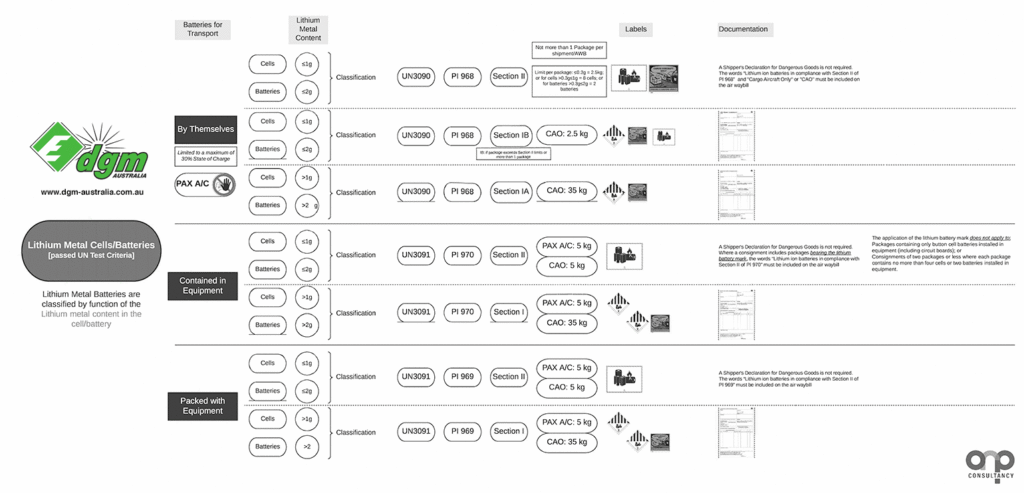Logistics Management
Lithium batteries meet the definition for ‘dangerous goods’
Lithium batteries meet the definition for dangerous goods, and they can pose a risk if they are not safely packaged, marked & labelled, handled and documented correctly.
Batteries are part of our everyday lives; they provide power to the devices that ‘power our lives’.
Lithium batteries have become more and more common, so much so that in most cases, people are not aware that they pose certain risks. From mobile phones & tablets to laptops, from vehicles to aircraft, lithium ion batteries and lithium metal batteries are being used.
Lithium ion batteries (rechargeable, also called Li-ion), and lithium metal batteries (generally non-rechargeable) provide more energy and a longer operating life than other types of batteries. These batteries have the potential to generate a significant amount of heat, or catch fire if damaged, improperly packaged or handled.
Because of these hazards, international regulations regarding the transportation of lithium cells and batteries have changed significantly over the past few years.
Below lithium battery charts may assist in determining the classification and basic requirements for your lithium battery shipments by air.
If you have any questions about the transport of lithium batteries, please get in touch.
RESOURCES:
Lithium Metal Batteries Chart (PDF)
Lithium Ion Batteries Chart (PDF)
As per images below.

Photo credit: Banner image showing laptop and mobile phone by iMattSmart on Unsplash

